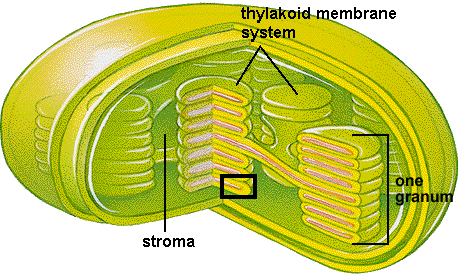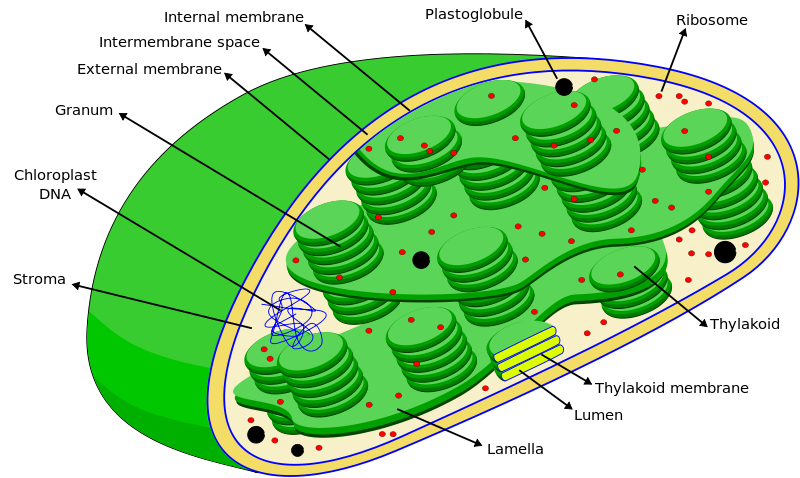Hosebomber
Active Member
There are a few things I would like to point out. First, your statement of:
Is incorrect. Read http://www.springerlink.com/content/lw2n69rx22g821k6/ for more information on florescence of plants. That is also confirmed by the statement a few lines up where you state " there is no photon emission".
Next is the green light absorption that you highlighted "that are absorbed". You should have continued that underlining to include the portion about it having a much flatter quantum yield from all other wavelengths. Green light has very poor quantum yield and has only shown to be effective when the plant is over saturated in usable light (see http://www.plantphysiol.org/content/157/3/1528.full?sid=ff680d71-27f2-4166-8cd3-c17d03c265b4 http://jxb.oxfordjournals.org/content/58/12/3099.full and http://pcp.oxfordjournals.org/content/50/4/684.full for more information).
The last thing I would mention is that you comment of:
This is in contrast to the article you linked and the source they used in writing that article. They concluded that it requires continuous prolonged exposure. In the PhyA system all HIR is degraded in less than 15 minutes. "Although the reason why a minimum of 24 h of irradiation is still required to elicit the response is obscure, we speculate that a 24-h irradiation period leads to an irreversible change in hypocotyl growth rate that persists for several days in the absence of any further light stimulus." You can read that full article here: http://www.plantphysiol.org/content/122/1/147.full
- What ? Through BL harvesting, Deep RL is irradiated from Ch ?
Interesting...Irradiated where exactly ?
To nearby chlorophyll molecules ?
Plants are glowing deep red light when exposed to BL ?
...
Aha! That's why they appear brown ,
at color-pass unfiltered Infra-red photographs...
Taking about autotrophic organisms...
They glow the reds they are missing...
Is incorrect. Read http://www.springerlink.com/content/lw2n69rx22g821k6/ for more information on florescence of plants. That is also confirmed by the statement a few lines up where you state " there is no photon emission".
Next is the green light absorption that you highlighted "that are absorbed". You should have continued that underlining to include the portion about it having a much flatter quantum yield from all other wavelengths. Green light has very poor quantum yield and has only shown to be effective when the plant is over saturated in usable light (see http://www.plantphysiol.org/content/157/3/1528.full?sid=ff680d71-27f2-4166-8cd3-c17d03c265b4 http://jxb.oxfordjournals.org/content/58/12/3099.full and http://pcp.oxfordjournals.org/content/50/4/684.full for more information).
The last thing I would mention is that you comment of:
- Turns some PFr back to Pr...But not the HIR one...That one needs darkness only....
-So duration / power effects of 650-680 nm light are not photoreversible if light was provided in high irradiances or for prolonged periods...
12 hours under plenty of 650-680 photons , is enough for plant to "sense " that a lot of light is out there...
Photomorphogenesis begins. Plant needs to "Sun Adapt " ....It's the only way to survive...(and/or thrive...)
This is in contrast to the article you linked and the source they used in writing that article. They concluded that it requires continuous prolonged exposure. In the PhyA system all HIR is degraded in less than 15 minutes. "Although the reason why a minimum of 24 h of irradiation is still required to elicit the response is obscure, we speculate that a 24-h irradiation period leads to an irreversible change in hypocotyl growth rate that persists for several days in the absence of any further light stimulus." You can read that full article here: http://www.plantphysiol.org/content/122/1/147.full








